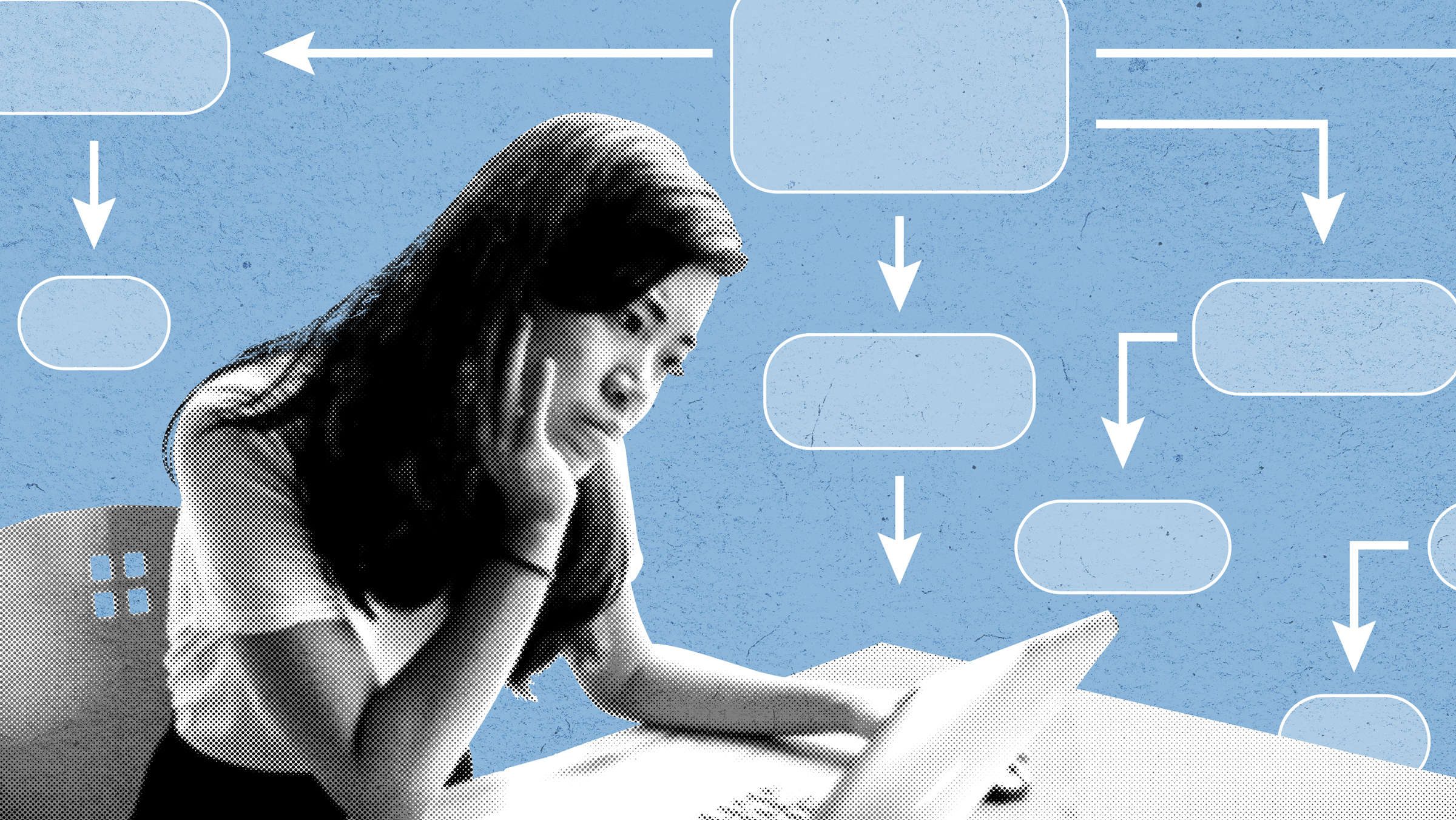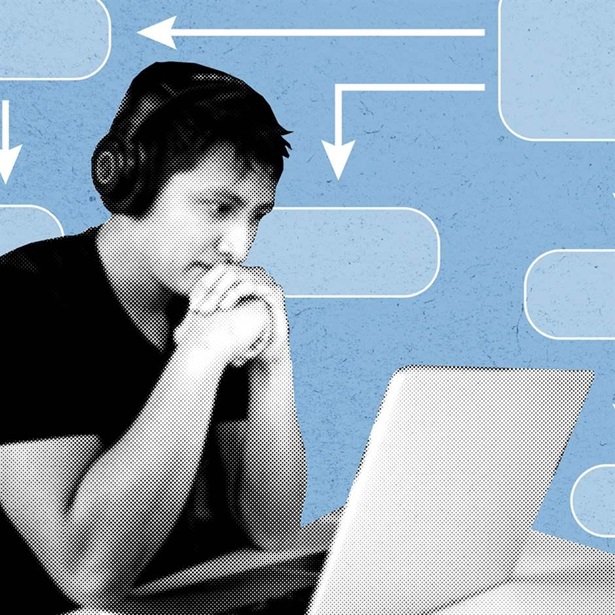Policymakers Should Prioritize Personalized Approach to Help Student Loan Borrowers During, After Pandemic
New report demonstrates why behavior, experiences of those in debt should guide reforms to repayment system

More than a million federal student loan borrowers default each year, and the U.S. Department of Education reports that as of September 2020, roughly 1 in 5 borrowers with federal student loans was in default. Since that time, the coronavirus pandemic and related economic downturn have continued to take a significant toll on households and businesses across the country.
To mitigate the serious challenges confronting student loan borrowers, Congress and the administration have temporarily paused payments and interest charges for most loans and suspended collection efforts for those in default (typically defined as being 270 days past due).
However, the difficulties that borrowers face are likely to outlast these temporary interventions.
A new report brief from The Pew Charitable Trusts underscores that borrowers’ needs, experiences, and challenges provide insight into how reducing the complexity of the repayment system can help ensure that those at greatest risk of delinquency and default are put in a position to succeed. As borrowers navigate ongoing financial challenges, continued uncertainty, and a confusing repayment system, the department and Congress should take the following actions to help them more easily and successfully repay their student loans.
Make information about repayment clear, actionable, and personalized
The department and student loan servicers—companies hired by the department to collect and help borrowers manage payments—should use existing data and personalized information about a borrower’s repayment situation to provide targeted outreach to those who showed signs of distress before periods of transition, such as exiting the current period of paused payments. They should also seek to quickly identify those who go off track immediately after a transition. These borrowers may need additional assistance enrolling in, recertifying for, or modifying their payments within income-driven repayment plans (those with monthly payments based on borrowers’ incomes and family sizes and which are often more affordable).
Pew research highlights indicators that can help identify at-risk borrowers before they are in distress, such as those who miss payments early, repeatedly suspend payments, or have previously defaulted.
Outreach should be targeted to borrowers who:
- Were delinquent before the transition.
- Missed payments within their first three months of entering repayment (if they recently entered repayment).
- Experienced hardship as evidenced by enrolling in a nonadministrative forbearance or an economic hardship deferment, making partial payments, or being in default.
- Paused payments repeatedly and for long periods.
- Paused or missed payments or made partial payments while enrolled in an income-driven repayment plan.
- Need to take action soon as part of the existing repayment cycle, including those who have loans that entered repayment recently or have an approaching recertification date for an income-driven repayment plan.
Strategically frame and time that information
Recent research highlights several promising practices for communication with borrowers, including:
- Emphasizing the financial insurance aspect of income-driven repayment plans for at-risk borrowers—specifically, that these plans could ensure that payments remain affordable during unexpected changes in income.
- Following up via email, phone, and text with borrowers who express interest in income-driven plans when contacted and with those who submit incomplete applications or whose applications are otherwise not approved.
- Highlighting that borrowers experiencing hardship could be eligible to make a lower or $0 payment in an income-driven repayment plan.
- Underscoring the consequences of inaction, such as highlighting the increased monthly payment that will occur if a borrower does not recertify for an income-driven plan and the credit-related consequences of delinquency.
- Providing a checklist of documents that borrowers need to enroll in or recertify for an income-driven plan, including examples of the documents and where to obtain them.
Establish strong standards for servicing and provide oversight
Within the current servicing system, clear standards and improved oversight could help policymakers implement policies and procedures based on borrower behavior. Standards should include a focus on borrower outcomes—such as reducing rates of delinquency and default—and require targeted outreach to borrowers in periods of transition. As part of the Next Generation Financial Services Environment (Next Gen), an initiative to modernize and streamline the technology and operational components of the student loan repayment system, the department intends to centralize some of the responsibilities currently held by servicers. As it does so, departmental accountability for borrower outcomes will be equally important.
Make enrollment in affordable plans easier, especially in times of economic difficulty
To provide repayment flexibility during times of financial uncertainty, such as the current pandemic, servicers should be temporarily permitted to enroll borrowers in an income-driven plan without requiring extensive paperwork (for example, orally, through a website, or through electronic communication). Additional leeway could be given to those who miss payments after periods of transition, such as the current payment pause, in order to give servicers more time to reach them. Borrowers may also need time to re-enroll in or change their automatic debit arrangements or change repayment plans. Delaying negative credit reporting or using an administrative forbearance period to keep borrowers current will allow borrowers and servicers to focus first on a successful transition.
Timely implementation of the Fostering Undergraduate Talent by Unlocking Resources for Education (FUTURE) Act—which directs the Internal Revenue Service and the Department of Education to securely share relevant borrower tax return data—will also streamline administrative roadblocks and help borrowers more easily enroll and remain in income-driven repayment plans.
The temporary provisions put in place during the pandemic can provide insight into what structural changes will help meet the long-term needs of borrowers struggling with delinquency and default. Once evaluated, a more flexible enrollment process could be an important stopgap measure until the FUTURE Act can be fully implemented.
Gaining a deeper understanding of borrowers’ behaviors and experiences will ensure that policymakers are better equipped to optimize the design of the repayment system to benefit those most at risk of delinquency and default.
Sarah Sattelmeyer is a director, Brian Denten is a senior associate, and Jon Remedios is an associate with The Pew Charitable Trusts’ project on student borrower success.


America’s Overdose Crisis
Sign up for our five-email course explaining the overdose crisis in America, the state of treatment access, and ways to improve care
Sign up

Personalized Interventions for Student Loan Borrowers


Student Loan System Could Get Overwhelmed After Pandemic











